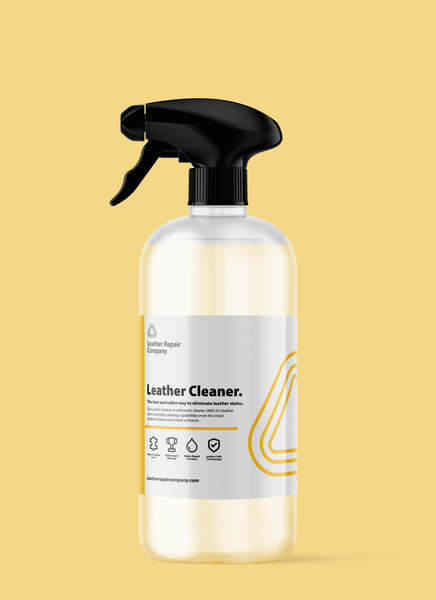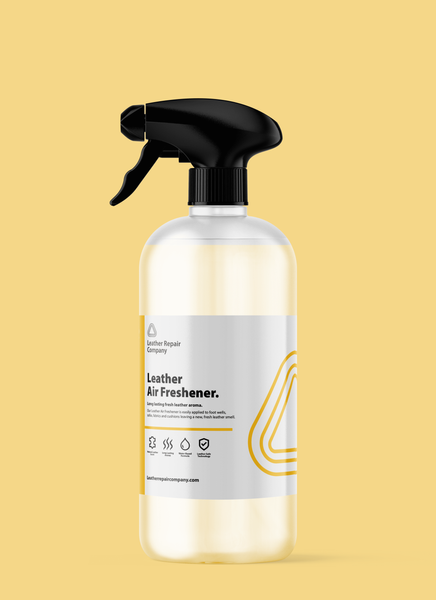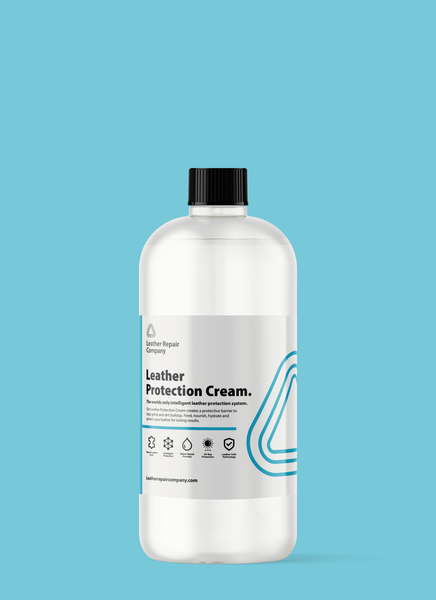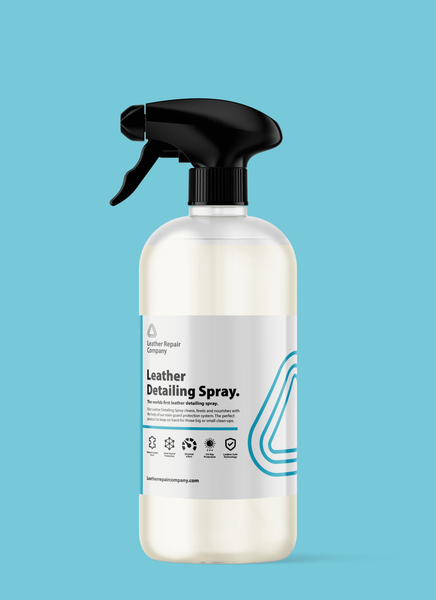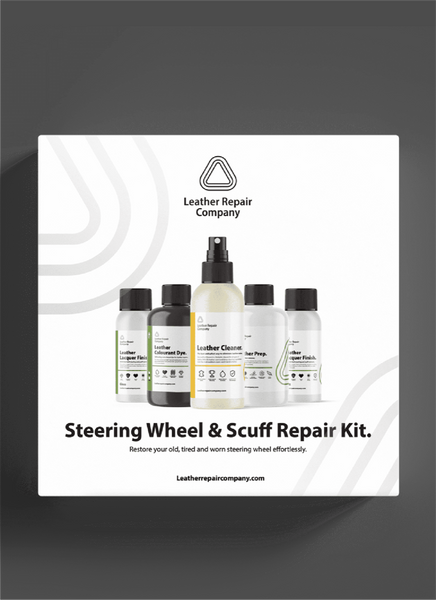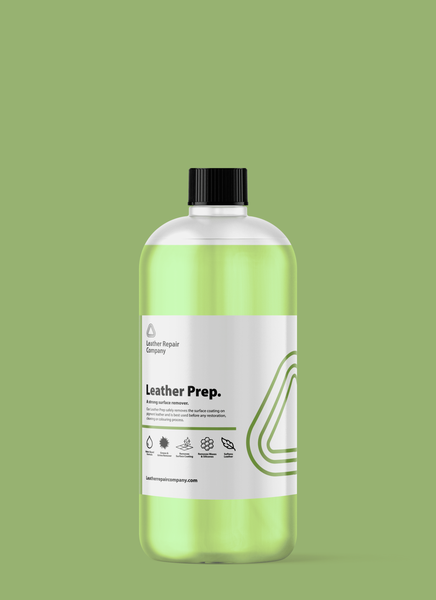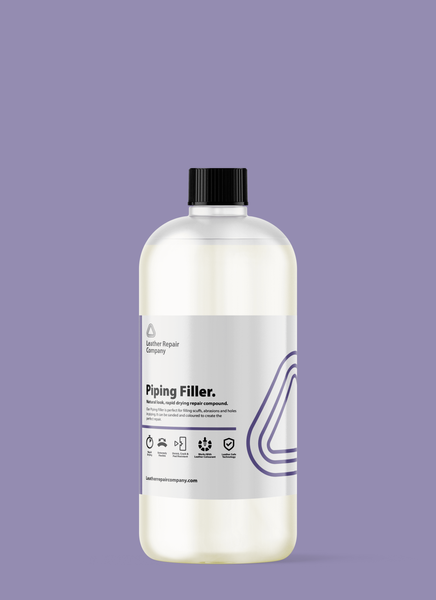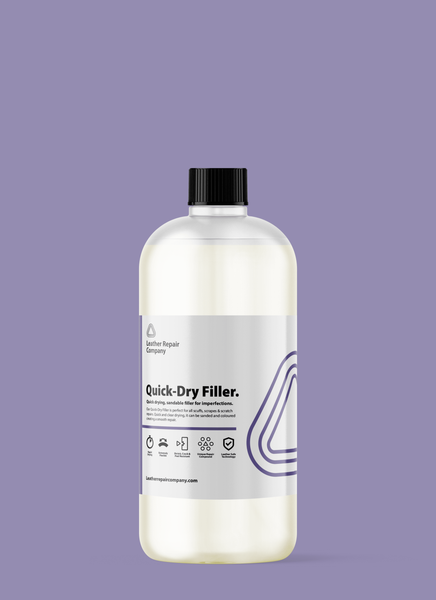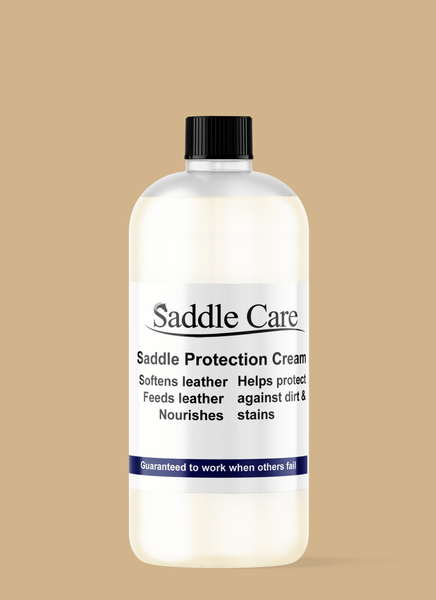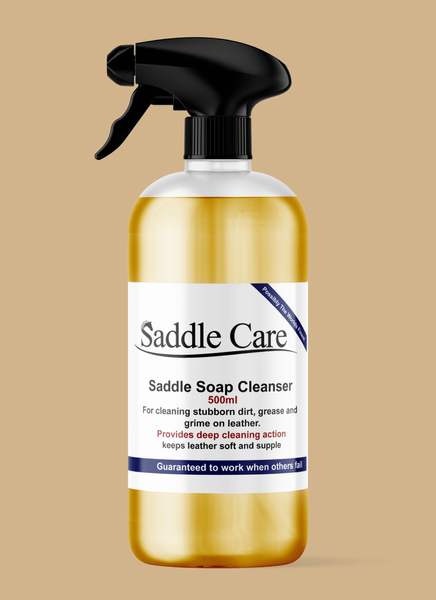All About Leather
The creation of leather is done via the tanning of hides and skins. Once tanned, only then does it become leather. Giving you a hard wearing, durable, strong enduring leather.
Leather is a versatile material. With a wide range of different types of leathers, manufacturing processes, steps, care guides and even things you can do with it.
British Standard BS 2780 Definition of Leather
“A general term for hide or skin with its original fibrous structure more or less intact, tanned to be imputrescible. The hair or wool may, or may not, have been removed. Leather is also made from a hide or skin which has been split into layers or segmented, either before or after tanning. But if the tanned hide or skin is disintegrated mechanically, without combination of a binding agent it is made into sheets or other forms these sheets or forms are not leather. If the leather has a surface coating, this surface layer, however applied, must not be thicker than 0.15mm.”
Making a hide or skin into leather is not one process but a series of processes. The steps can be split into 4 categories.
- Beamhouse Operations
- Tanning
- Post Tanning
- Finishing
Beamhouse Operations
The Beamhouse process is made up of several steps. The aim of this part of the task is to clean the hide, removing all hair and dirt.
Once free of flesh, hair, and dirt. The hide can be split to be used on furniture and used as suede.
After removing any chemicals from the hide, flattening the grain and pickling, the hide is now ready to go through the tanning process.
Tanning
This is the process most people have heard about. Invented in 1858 whether they know what it is or not is a different question. This is when the hide actually becomes leather.
There’s a few different types of tanning:
• Vegetable tanning
• Mineral tanning
• Chrome Tanning
Chrome tanning is the most commonly used method. This is said to be the most effective.
To get technical, chrome tanning uses Chromium (III) sulfate ([Cr(H2O)6]2(SO4)3). In their original state, tanned hides are blue. Often called “wet blue”.
Throughout the tanning process, it increases the spaces between the protein chains. Sodium bicarbonate is also used. This has 2 uses: Increases the PH and prompts cross-linking between the chromium and collagen.
The hydrothermal condition of the skin then increases as it’s resistant to shrinkage.
Post Tanning
This stage is quite simple, the leather has chemicals added to it to prepare it for later stages.
Dye is then added, this obviously gives it the overall colour.
As pleasant as it sounds, fats and oils are then added to the leather. This helps softens the fibres. This also create the “leather smell”.
Finishing the leather
This is the final stage of the hide to leather process. Buffing, pigment colour correction and often embossing. Embossing can add extra detail to the grain by using a heavy plate which presses onto the leather.
